Explore the Best AI Image Gallery
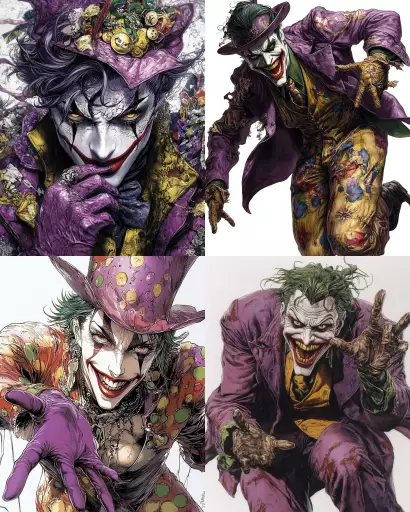
Bridging the Physical and Digital: Blockchains Impact on the Creative Industry
The intersection of technology and creativity has always been a fertile ground for innovation. From the printing press to digital design software, new tools have continuously reshaped how we create and consume art, music, and literature. Now, blockchain technology is emerging as a transformative force, poised to revolutionize the creative industry in profound ways.
Blockchain, at its core, is a decentralized, immutable ledger that records transactions across a network of computers. This inherent transparency and security have wide-ranging implications for creators and consumers alike.
Potential Uses of Blockchain in the Creative Industry
- Copyright Protection and Ownership: Blockchain can provide a verifiable and tamper-proof record of ownership for creative works, making it difficult to forge or plagiarize content. This can empower creators by giving them greater control over their intellectual property.
- Direct Artist-Fan Connections: Platforms built on blockchain allow artists to connect directly with their fans, bypassing traditional intermediaries like record labels or publishers. Artists can receive direct payments for their work and build stronger relationships with their supporters.
- New Revenue Streams: Blockchain enables innovative ways to monetize creative content through fractional ownership, NFTs (Non-Fungible Tokens), and micropayments. This opens up new revenue streams for creators and provides fans with unique opportunities to invest in and support the art they love.
Ethical Considerations
While blockchain holds immense promise, it also raises ethical considerations that need careful attention:
- Accessibility and Inclusivity: Blockchain technology can be complex to understand and utilize. Its important to ensure that the benefits of blockchain are accessible to all creators, regardless of their technical expertise or resources.
- Data Privacy and Security: While blockchain is designed to be secure, its crucial to consider the privacy implications of storing personal data on a public ledger. Transparency and user control over their data should be paramount.
- Environmental Impact: Some blockchain networks require significant computational power, leading to environmental concerns. Its essential to explore more sustainable solutions and promote responsible development practices.
Future Trends
The intersection of blockchain and the creative industry is still in its early stages, but several exciting trends are emerging:
- Decentralized Creative Platforms: Well see more platforms emerge that leverage blockchain to empower creators, foster collaboration, and distribute revenue fairly.
- Immersive Experiences: Blockchain can enable new forms of interactive and immersive experiences, such as augmented reality (AR) artworks or virtual concerts.
- AI-Powered Creativity: Combining blockchain with artificial intelligence (AI) could lead to innovative tools that assist creators in generating content, exploring new ideas, and personalizing artistic experiences.
Conclusion
Blockchain technology has the potential to fundamentally reshape the creative industry, empowering creators, fostering innovation, and blurring the lines between the physical and digital worlds. By embracing its possibilities while addressing ethical considerations, we can unlock a future where creativity flourishes in a decentralized, transparent, and inclusive ecosystem.







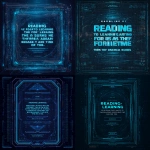

](https://images.ai-img.art/thumbnails/150/655229c40961cb7ff5abd4b4190e02c94ea1a961106e7547a562649c945268be.webp)


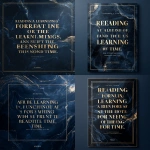

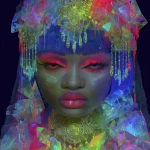

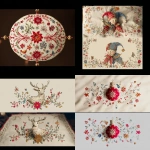





](https://images.ai-img.art/thumbnails/150/26c16e4f635deee86633de398088ca98d9bb748d6e7601436b07e882fab236cb.webp)


](https://images.ai-img.art/thumbnails/150/60973df1d727dbbf8e6922b7e4836814ab6012106eb9dcfe99aea7aec15f3710.webp)
](https://images.ai-img.art/thumbnails/150/184b4b030e30be0a6d51b544226cb4cf2271977814d935d3aaa2b7529355b3b7.webp)


](https://images.ai-img.art/thumbnails/150/6c909fd6d38caac6572b592dd97831deb7d6562bba142798574677582676dfc1.webp)


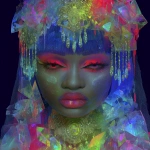



](https://images.ai-img.art/thumbnails/150/1202074d0d60b08b64d0f91f36468608aaac200a02b721cc8e6d8ec8a908432c.webp)











](https://images.ai-img.art/thumbnails/150/e6a179db327f0374ec327d0fdab48ac1f2dc47123eed103b0a41ed346280d07d.webp)
